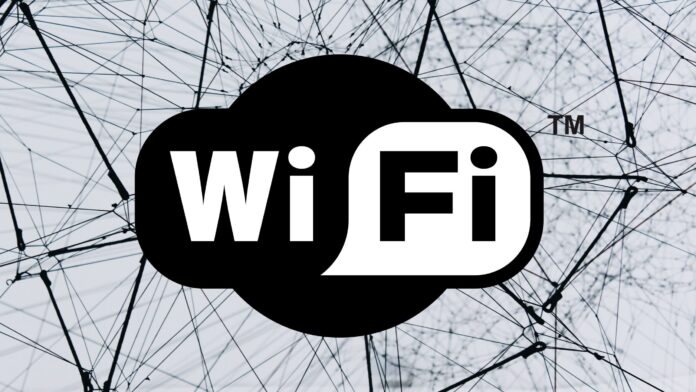There will be over 100 million Wi-Fi HaLow devices, geared for mid-range IoT applications in 850-950 MHz spectrum, in circulation by 2029, reckons ABI Research. The projection describes the creation of an entire market, effectively; there are only “several million” Wi-Fi HaLow-enabled devices in existence, as it stands. Wi-Fi HaLow, sing sub-GHz spectrum frequencies in global ISM bands, makes Wi-Fi a candidate technology, suddenly, for low-power IoT use cases – which have traditionally been the reserve of cellular and non-cellular wide-area IoT technologies such as NB-IoT/LTE-M and LoRaWAN, as well as shorter-range IoT technologies like RFID and BLE.
Wi-Fi HaLow (802.11ah) offers advantages over the unlicensed 2.4 GHz and 5 GHz bands, where Wi-Fi traditionally plays, insofar as the spectrum is less congested and lower frequency, improving reliability, propagation, and coverage. As a consequence, the HaLow version makes Wi-Fi viable effectively for lower-power wider-area IoT cases. Fans of the technology claim it offers a 10-times advance in terms of range, compared with conventional Wi-Fi. The marketing also suggests a 100-times advance in terms of coverage area, and 1,000-times advance in terms of coverage volumes. ABI Research has a new research paper on the technology.
The firm forecasts “dramatic growth” in smart homes and offices, as well as in the agricultural and industrial sectors. Andrew Zignani, senior research director at ABI Research, said: “Wi-Fi HaLow offers robust, long-range connectivity with low-power consumption, making it ideal for home, building, facility, or neighborhood-level IoT applications… [It] provides enhanced signal penetration, enabling operation of beyond one kilometre in certain configurations, [and] up to 10-times longer range compared to 2.4 GHz Wi-Fi. It can support thousands of devices from a single access point, reducing deployment complexity and total cost of ownership (TCO) compared to other IoT technologies.”
Use of unlicensed spectrum also reduces TCO compared to licensed cellular-based IoT technologies (“avoiding additional subscription, network operation, or traffic charges, which can be cost-prohibitive in deploying thousands of client devices”). The new report also highlights its range. It says: “Support for multiple channel bandwidths… enable(s) both large-scale sensor networks with more limited throughput requirements and indoor /outdoor video applications, requiring higher data rates of up to tens of Mbps. With low power consumption, devices can operate for months or years without battery replacements, which is essential for smart homes and industrial applications.”
Native IP-support also simplifies network setup and device management, potentially. Availability of certified chipsets and modules means devices are hitting the market. Zignani said: “The global ecosystem for Wi-Fi HaLow is expanding rapidly, bolstered by ongoing chipset innovations from leading vendors, and strategic partnerships in key verticals like agriculture, healthcare, and logistics. As awareness grows, Wi-Fi HaLow will accelerate its integration into consumer and enterprise solutions, becoming a leading choice for next-gen IoT networks due to its seamless compatibility with existing Wi-Fi infrastructure.”
ABI Research makes special mention of Australia-based semiconductor company Morse Micro, which released a new developer platform this month in a bid to popularise Wi-Fi HaLow for connecting IoT assets. Morse Micro has said in these pages previously: “The rapid growth of the IoT has forced a rethinking of Wi-Fi, revealing technological gaps in range and power efficiency and what role Wi-Fi should play in an all-encompassing connected world… Wi-Fi HaLow… solves these challenges for Wi-Fi connectivity in IoT applications.” It claims its MM6108 silicon, now sampling, is the “fastest, smallest, lowest-power, and longest-range” Wi-Fi HaLow chip in the market.

